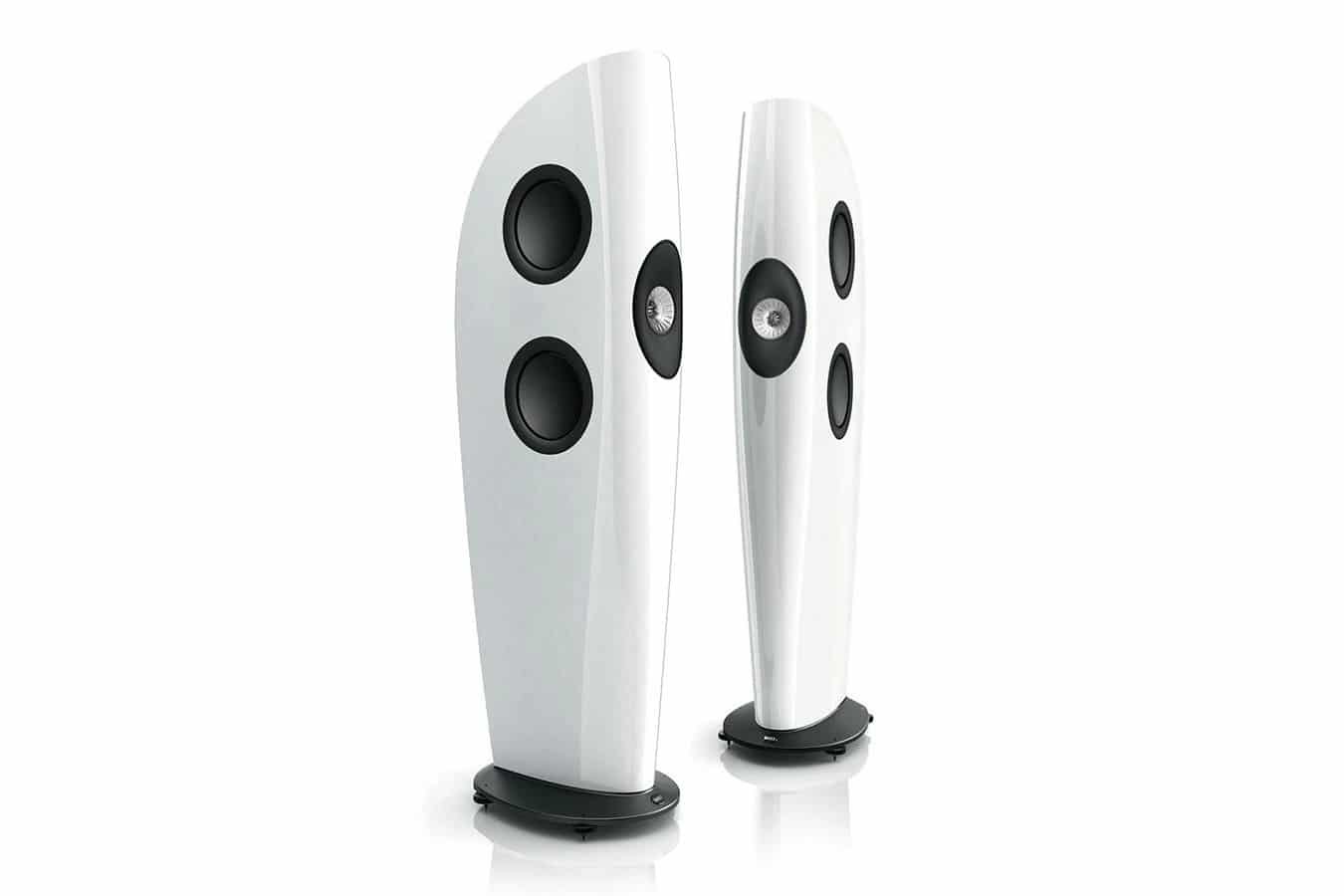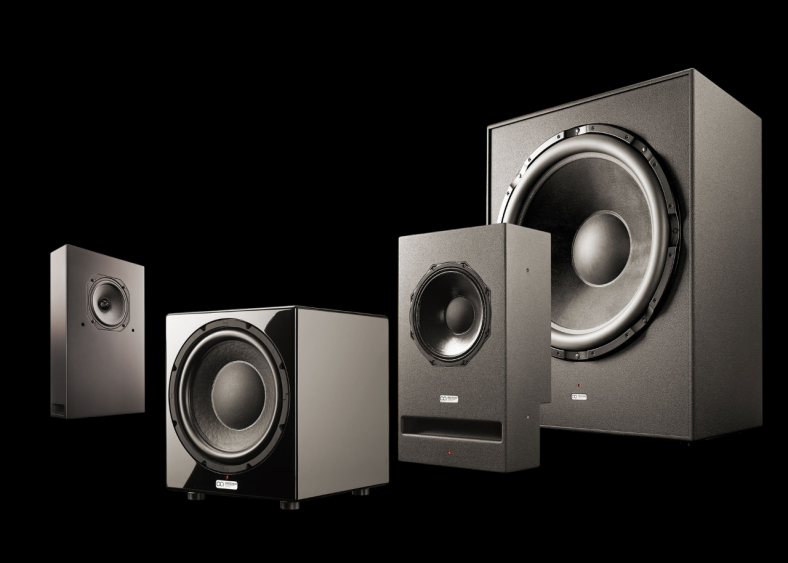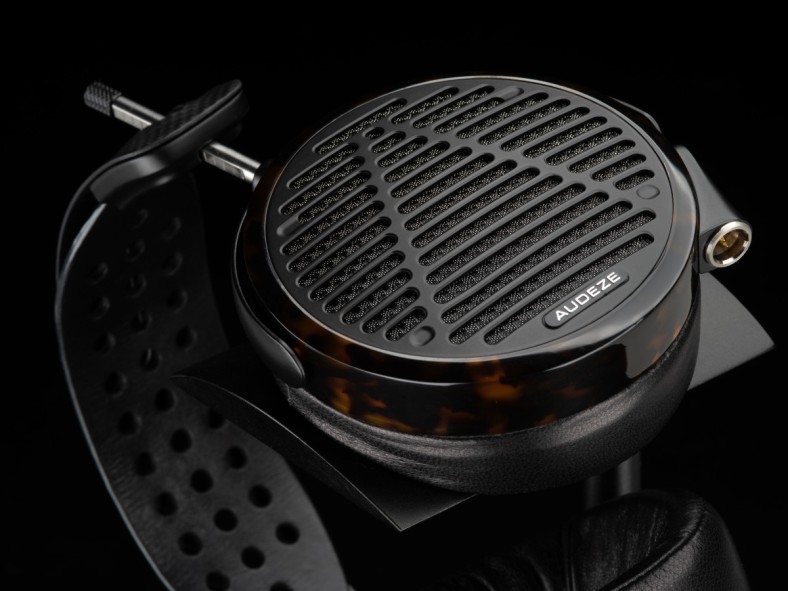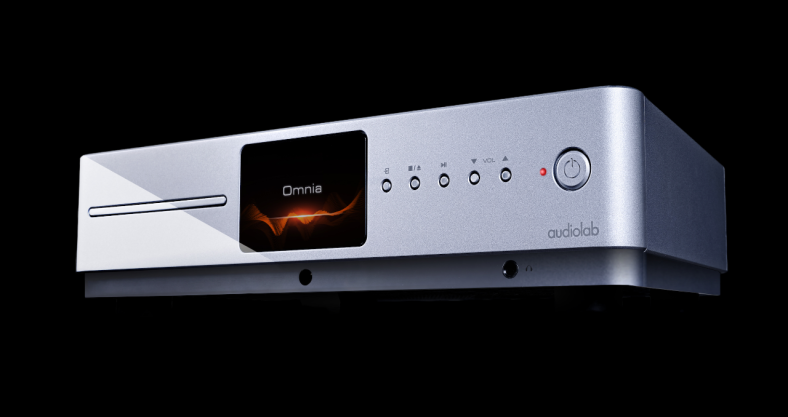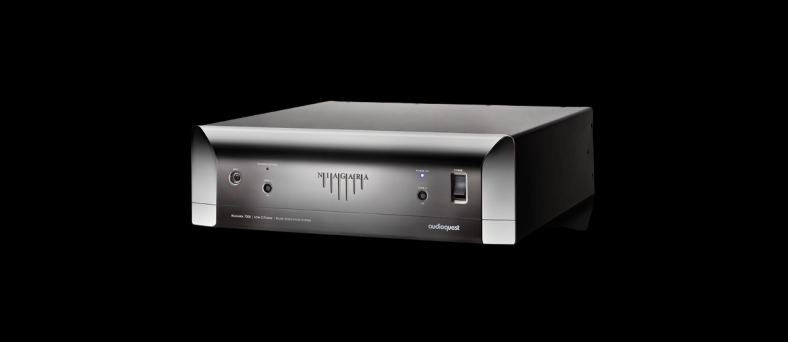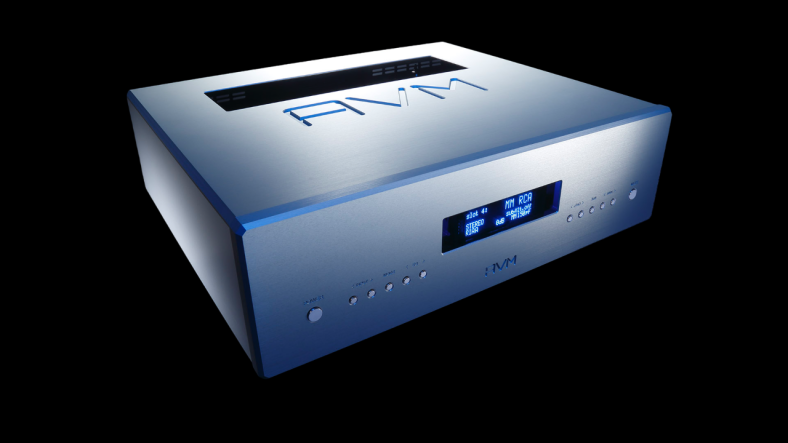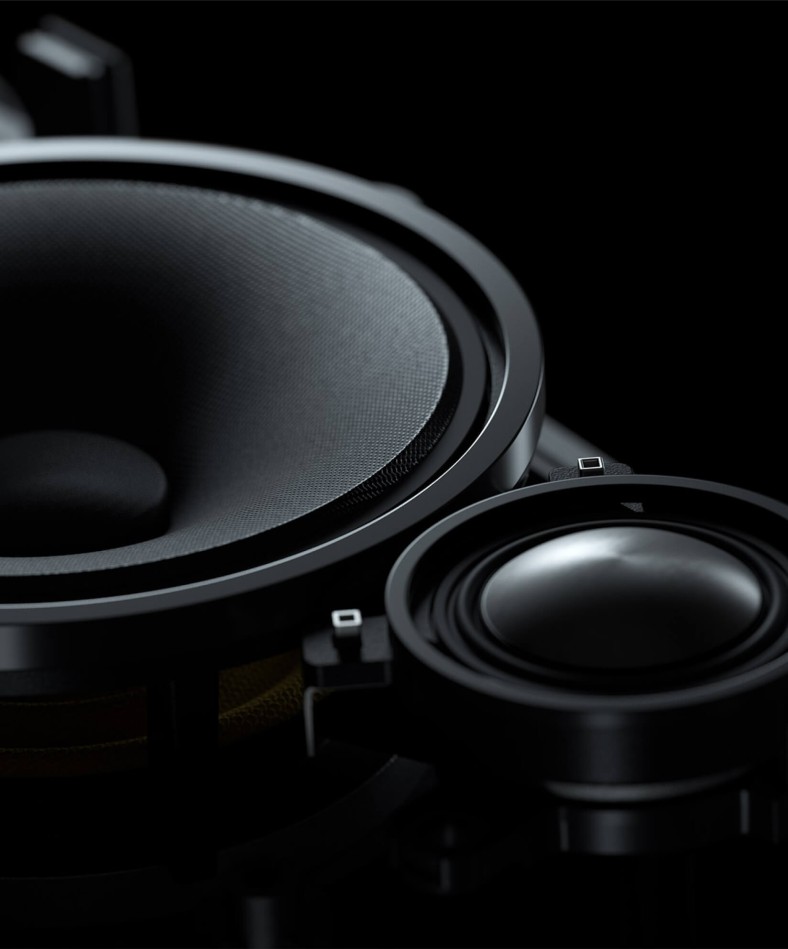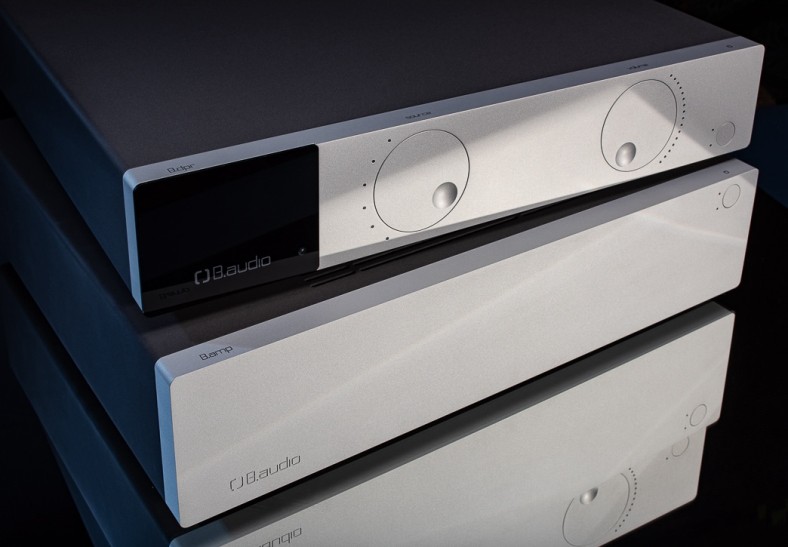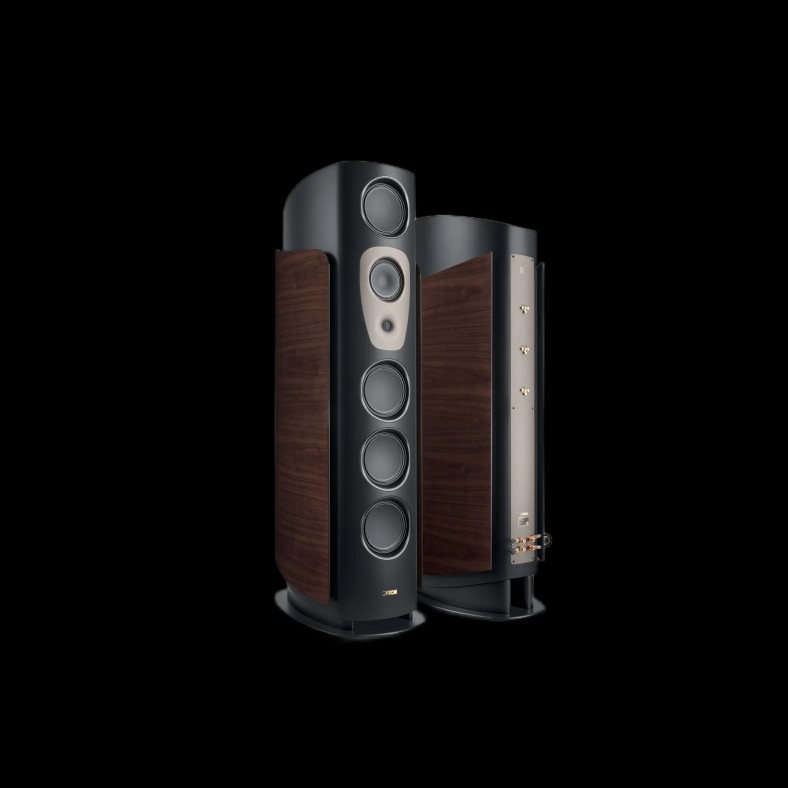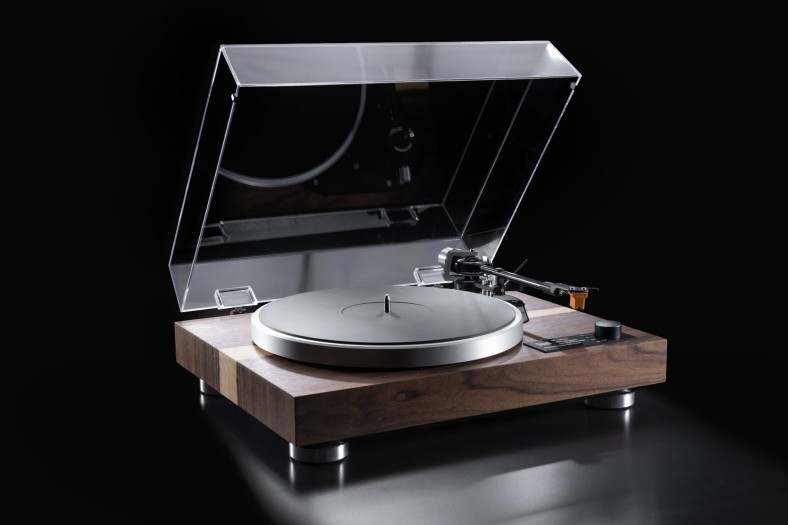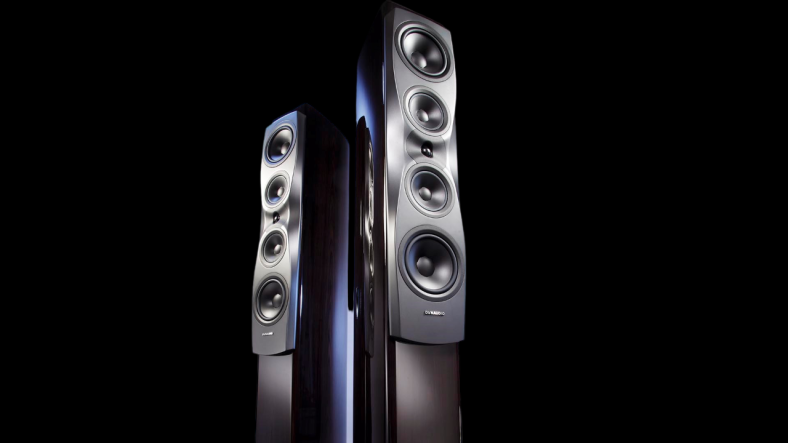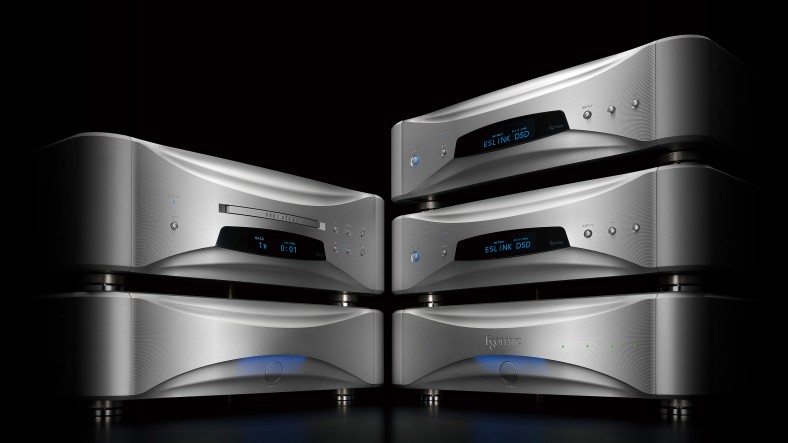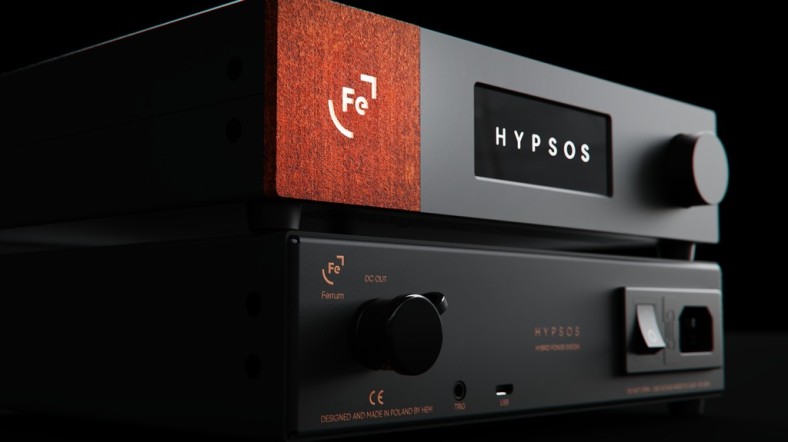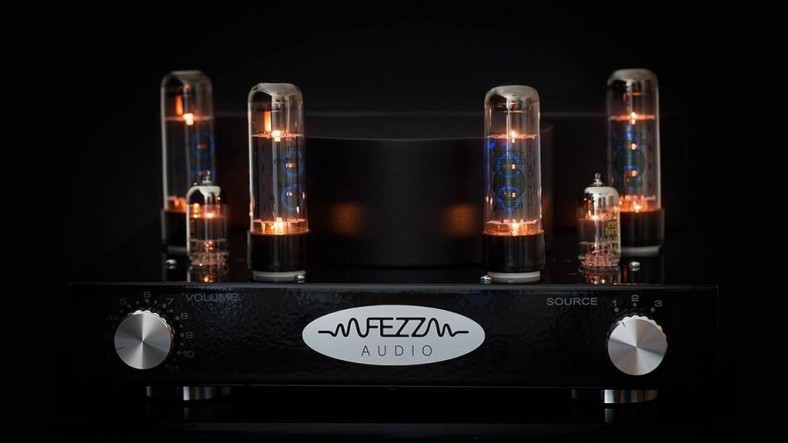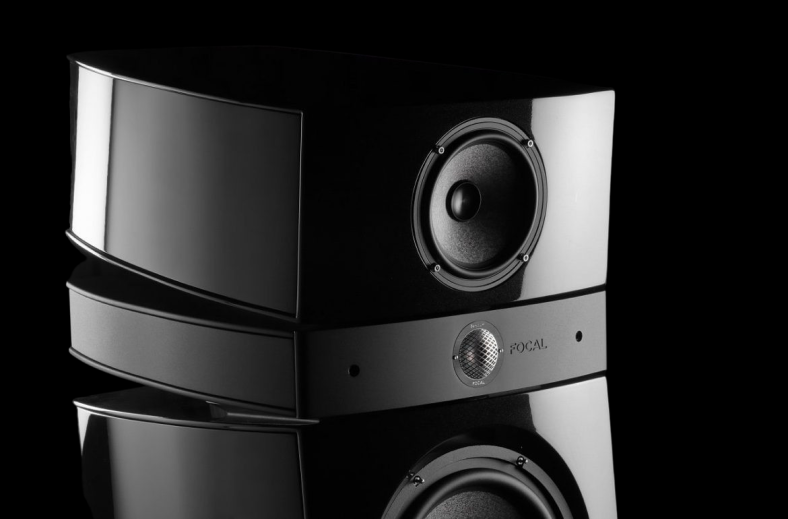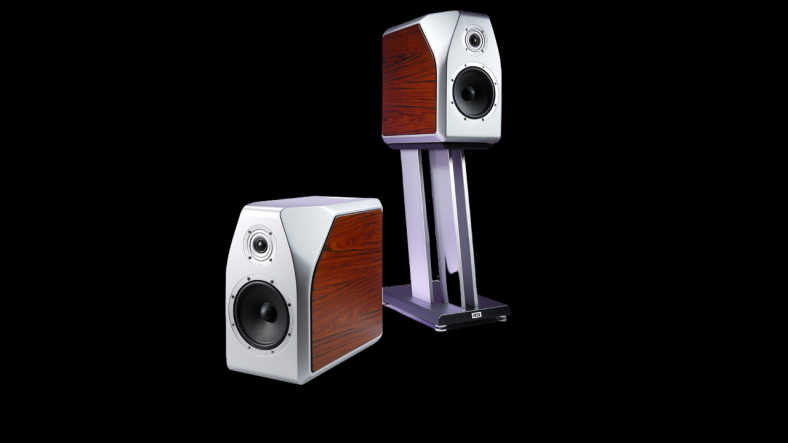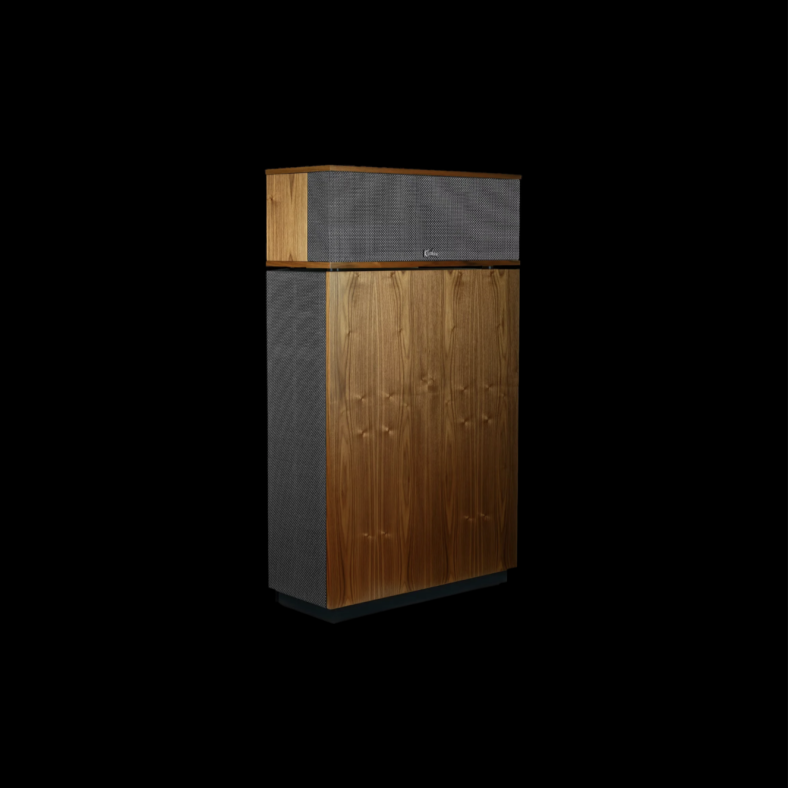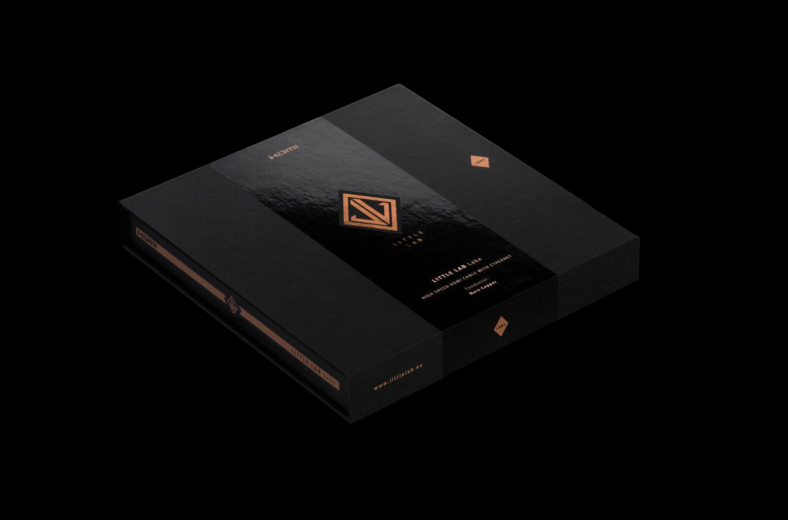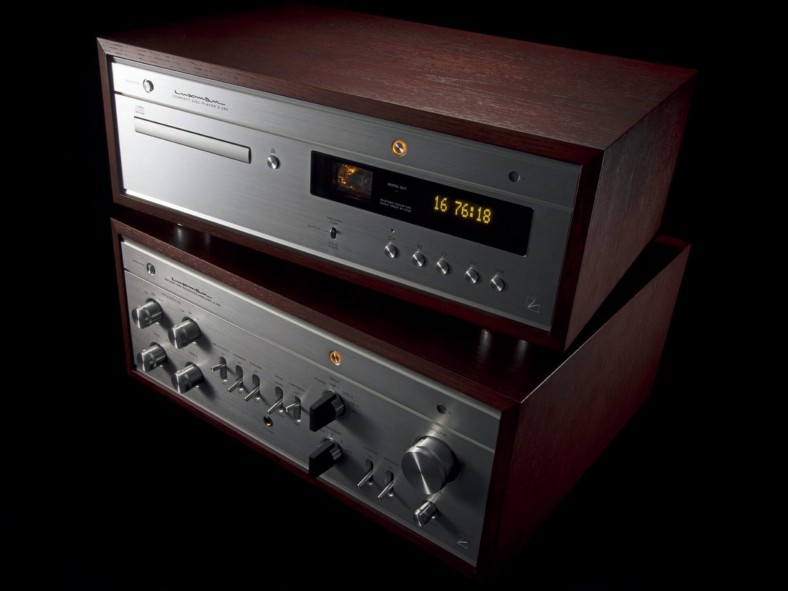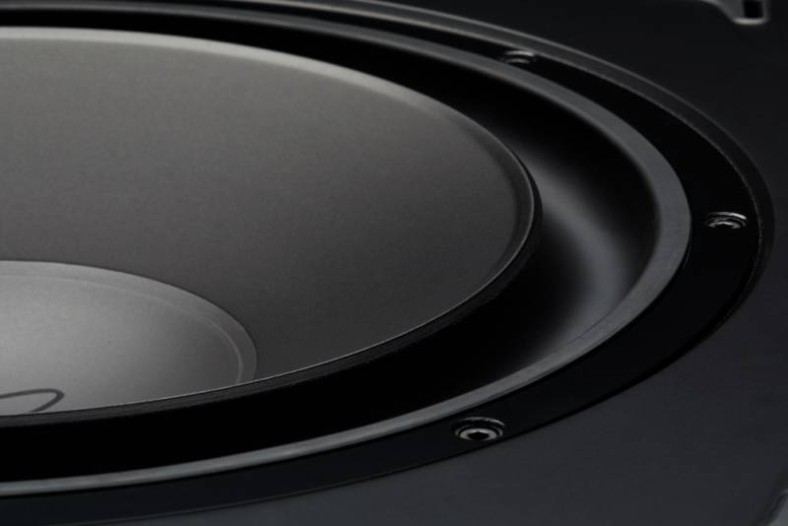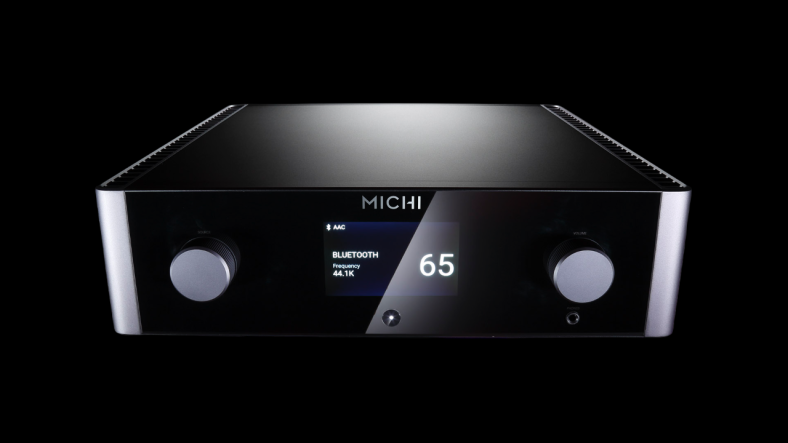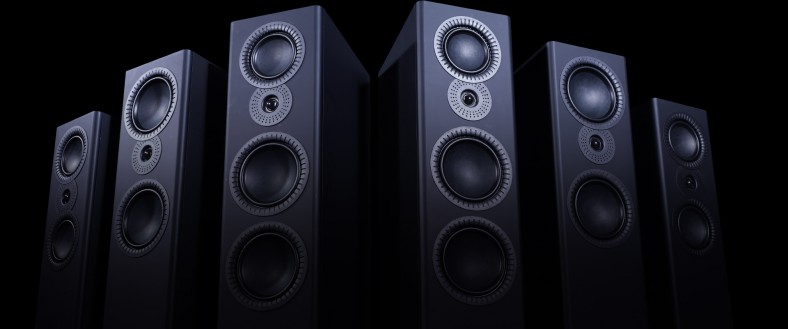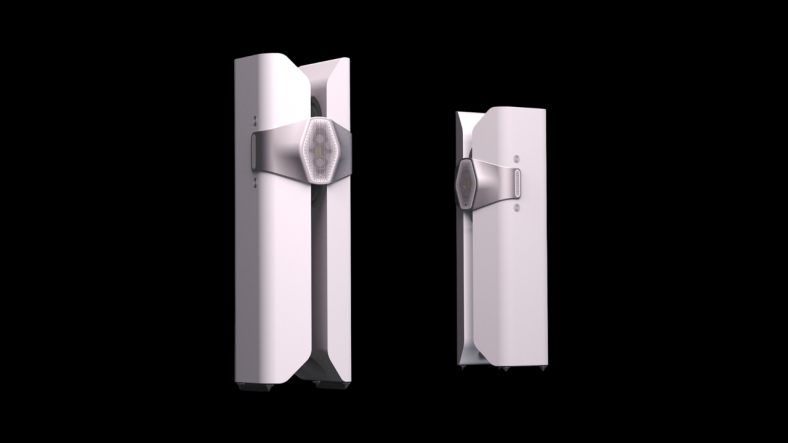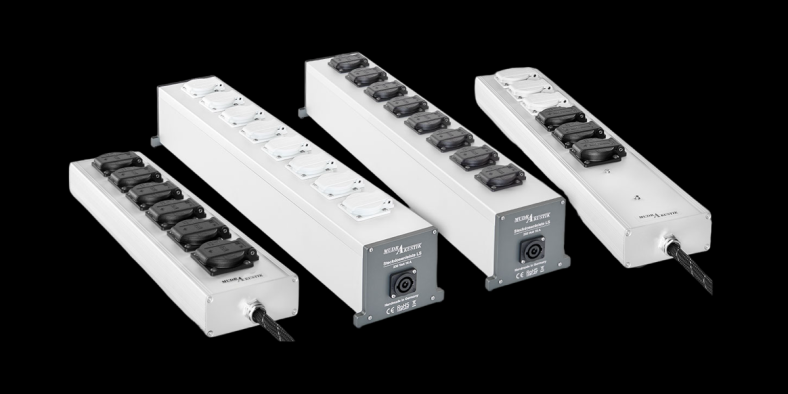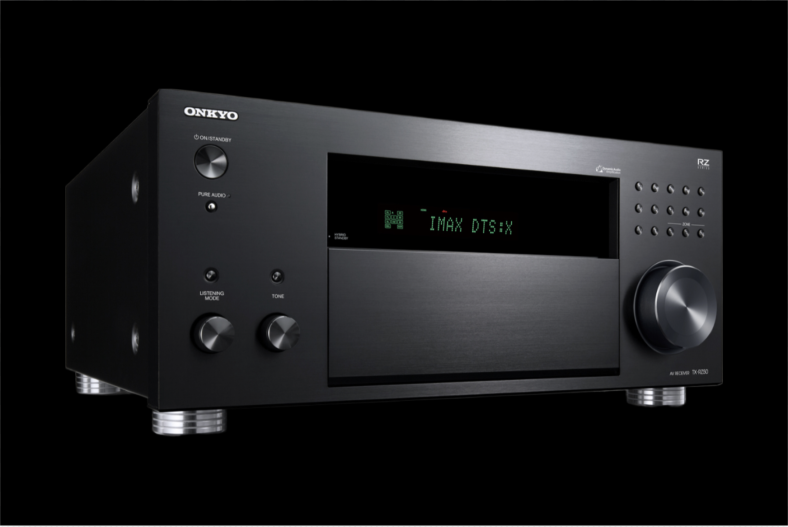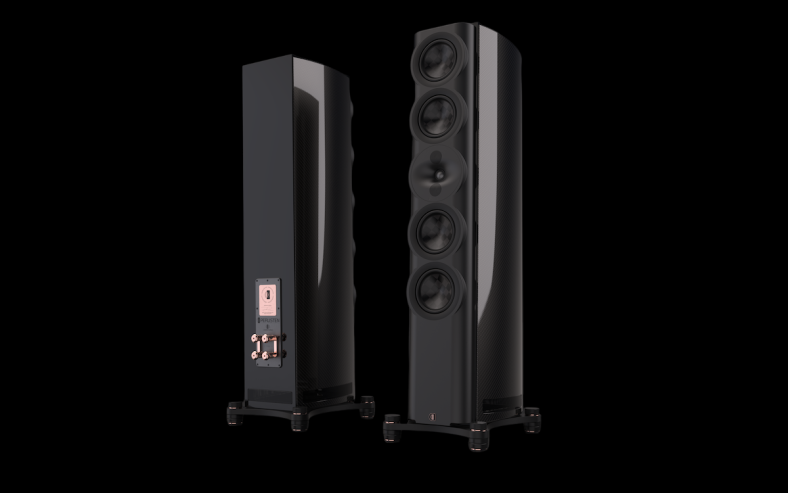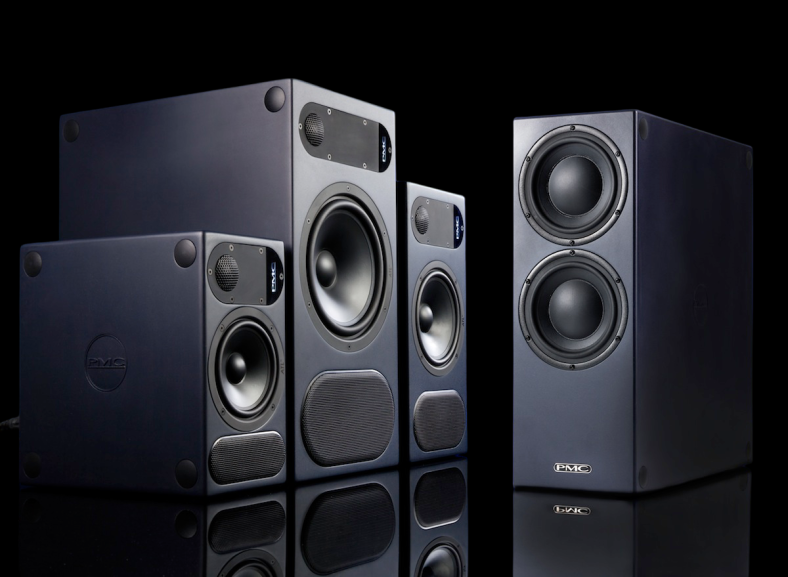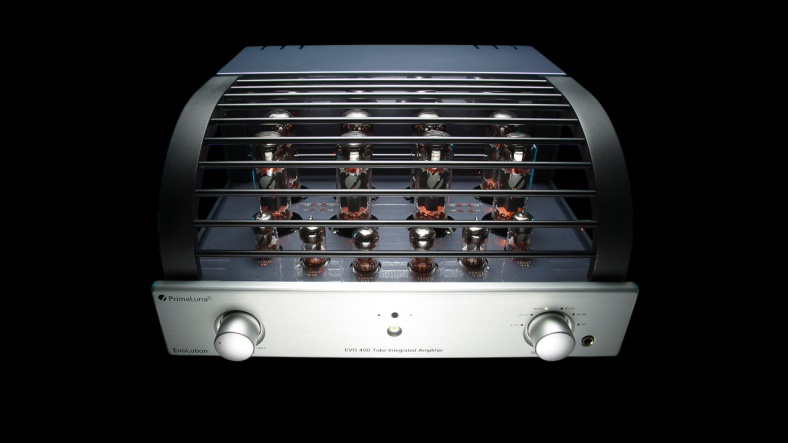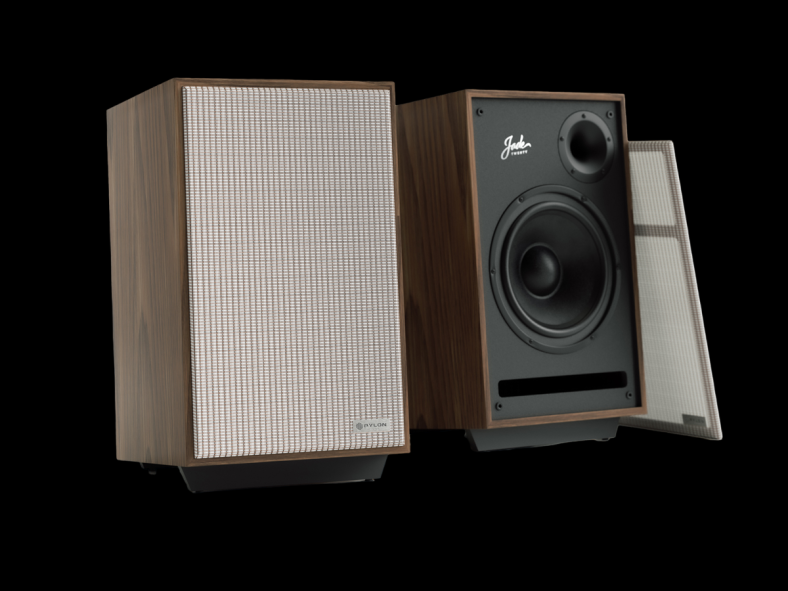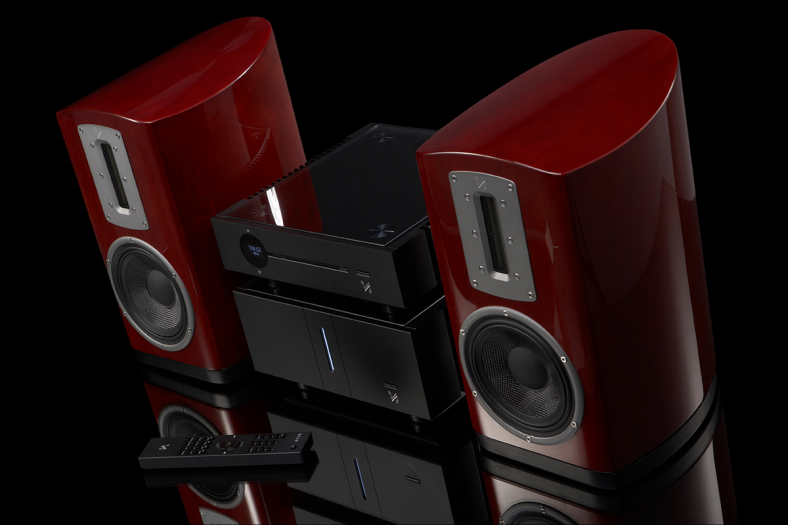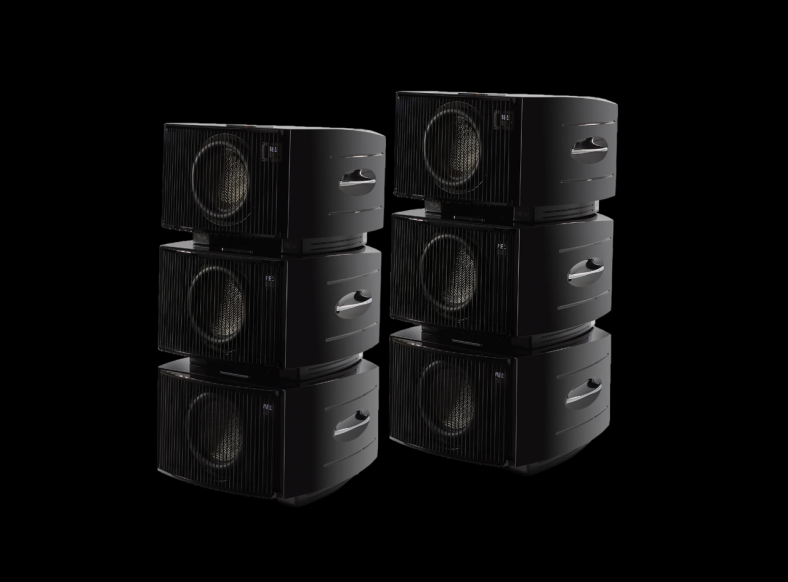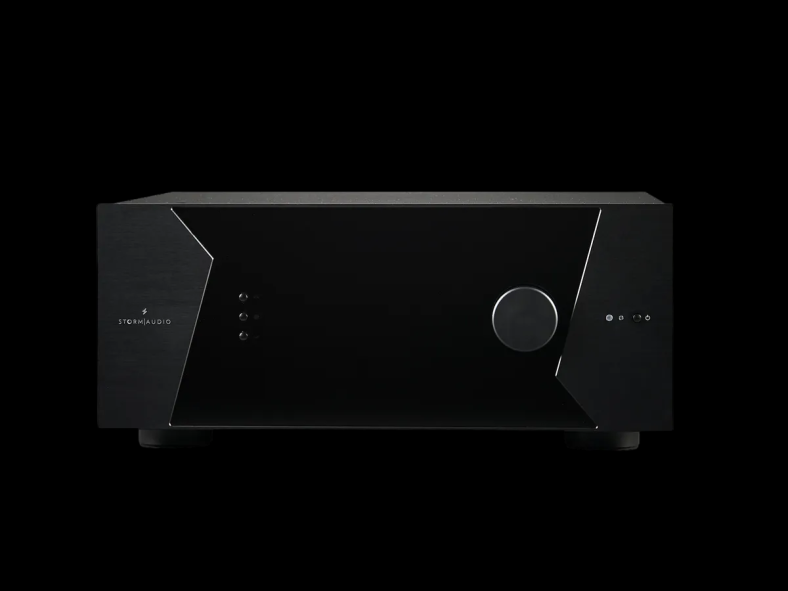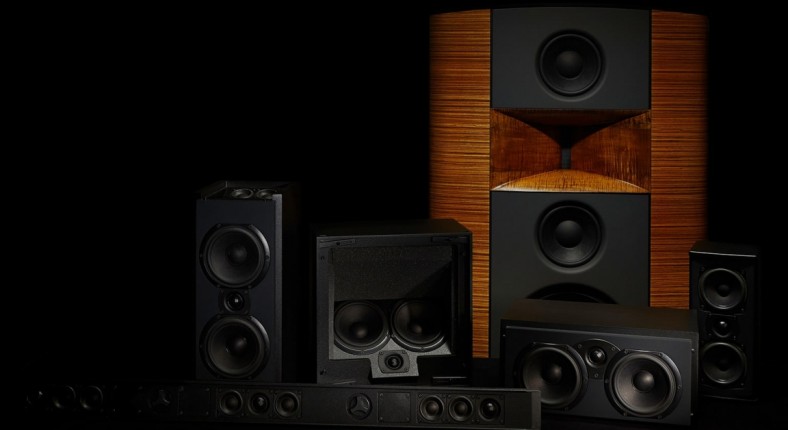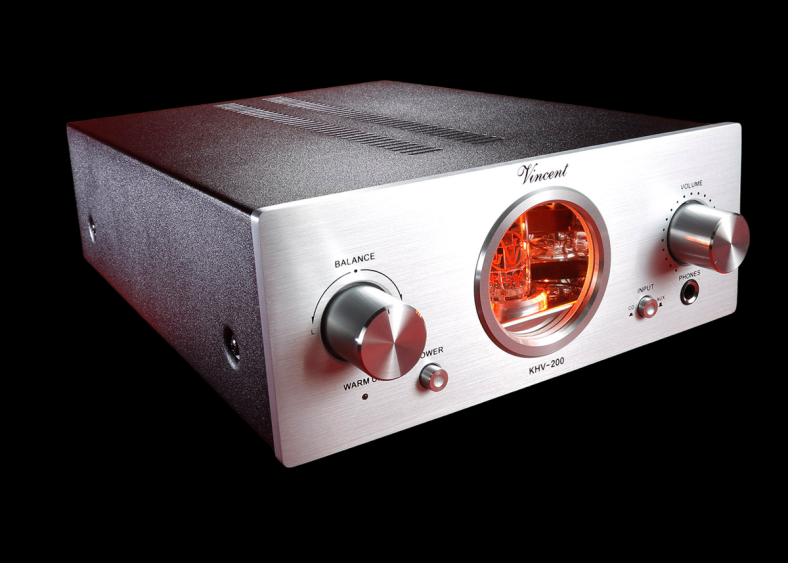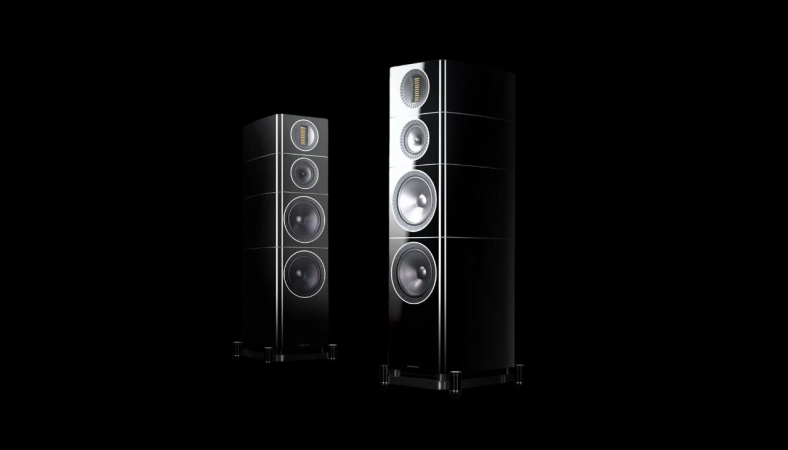The future creator of KEF, Raymond Cook, graduated from the University of London with a degree in electrical engineering, after which he got a job as an engineer at Philips, and then moved to the Development Department of the BBC, joining a team of highly qualified engineers involved in the development of audio equipment . There he met Gilbert Briggs, founder and owner of the Wharfedale company.
Having become a technical specialist at Wharfedale, Raymond not only developed acoustics, but also implemented all kinds of audio installations. While working on the soundtrack for the Royal Festival Hall (London), he collaborated with another legendary audio engineer, Peter Walker from QUAD. A few years later, as technical director of Wharfedale, Cook decided to create his own company, in which he could realize his most daring ideas and projects. This is how KEF was born in 1961.
Raymond bought the Kent Engineering and Foundry plant, which at that time produced metal parts for tractors. He organized the production of acoustics on the basis of foundries; he did not change the name, but simply shortened it to KEF.
Perhaps it was the picture of disappearing production that gave Cook the idea that success could only be achieved by keeping up with modern technologies and being one step ahead of competitors. The design philosophy of the new company was based on the use of synthetic materials in the manufacture of diffusers and emitter suspensions.
Key stages in the history of KEF:
1961
The company's first acoustic system was a three-way model - "K1". The drivers featured vacuum-formed polystyrene cones using foil for rigidity, and a revolutionary "T15" tweeter with a cone made from "Melinex" (also known in the US as "Mylar" and in Europe as "Hostophan") - a thin but durable polyester film.
1962
Launch of the new compact two-way "Celeste" - the first truly small Hi-Fi speaker system. The model was a great commercial success, ensuring the financial viability of the new company.
1966
Raymond Cook re-established his working relationship with the BBC when KEF took over exclusive production of the "LS5/1a" monitor.
1967
The 5" woofer/midrange speaker "B110" was born. Its cone was made of a fundamentally new material - Bextren, which provides an exceptionally smooth frequency response, which no other speakers of that time could boast of, including Polystyrene and Neoprene, previously used in KEF speakers were a true breakthrough in sound quality.
In the same year, a new compact high-frequency speaker "T27" was developed, having a Melinex diffuser.
The "Carlton" monitor was introduced, a sophisticated design featuring a 2.5-inch midrange driver with a bextrene dome cone, the back of which is acoustically loaded by a 33-inch damped flex tube.
1969
The three-strip "Concerto" model was launched on the market - a combination of high-quality characteristics and attractive design.
1970
KEF received the first prestigious Queen's Awards for export excellence as the company became known outside the UK.
1973
KEF was the first speaker manufacturer in the world to implement the use of computers in loudspeaker design and measurement. The active use of the computer laid the foundation for a new series - "Reference", which was a premium product with high quality workmanship.
Model "104" became the first speaker system with compact "home" dimensions and the sound quality of a studio monitor. Successful sales of the model around the world brought Raymond Cook not only recognition of his engineering talents, but also a second award from the Queen for achievements in the field of export.
1975
The legendary "LS3/5a" was the original mini monitor inspired by KEF drivers and developed at the BBC that revolutionized audio in 1975. He was renowned for providing precision sound to the recording and broadcasting industries and is still spoken of in reverential terms to this day.
1976
The design methodology was transformed into a new approach to loudspeaker design - computerized "Total System Design" - with the release of "Corelli", "Calinda" and "Cantata".
1977
The Reference "105" was released as one of the most radical and complex loudspeaker systems ever created. Since its launch, the reference series has continually set the benchmark among loudspeaker systems.
80-е
Throughout the 1980s, KEF maintained its reputation as an excellent manufacturer of the highly respected Reference series with a number of technical improvements, including twin-resonator bass loading that greatly improved bass quality, forced suppression and driver decoupling to eliminate cabinet coloration, and the KEF "Universal" Bass". Equalizer (KUBE), which made it possible to expand the bass from compact enclosures.
1988
The company is once again making a name for itself around the world with Uni-Q technology, one of KEF's many revolutionary innovative solutions. During the design, a new magnetic material was used - neodymium/iron/boron, developed by NASA. The magnetic force of this material was ten times stronger than that of conventional speaker magnets. The solution allowed KEF engineers to develop a very small tweeter that could be built into the center of the bass driver coil and, for the first time, create a point source of sound, which significantly expanded the boundaries of the optimal listening zone.
90-е
The Reference series model "105/3" with second generation "Uni-Q" technology was recognized by the Japanese press as the "Best Imported Speaker System".
In the same year, the owner of the company changes, and its new stage begins.
In the 2000s, KEF has steadily developed the use of advanced acoustic, magnetic and mechanical modeling techniques in speaker designs, including finite element analysis, which allows loudspeaker systems to be modeled with precision previously unattainable using other methods.
2001
The Reference Series "207/2" was released and established itself as one of the world's finest loudspeakers with significant improvements over the previous Reference Series.
2005
KEF introduced "ACE" (Acoustic Compliance Enhancement) technology, a technology that delivers the same bass performance as conventional speakers twice the size, following a comprehensive research and development program since the late 1980s. ACE also played a major role in the creation of KEF's most remarkable speaker system to date, the "Muon".
2007
Created in collaboration with leading industrial designer Ross Lovegrove, Muon was unveiled at the Milan Furniture Fair as a triumph of form and function and incorporates the acoustic achievements of KEF's engineering team.
The patented "Tangerine Waveguide" was introduced in the 8th generation "Uni-Q" drivers. It has improved sensitivity and sound dispersion for even clearer and smoother sound. This innovation was applied with the release of the "KHT3005" - the iconic "EGG" home theater system and Tangerine waveguide remain an iconic "Uni-Q" driver design to this day.
2011
The result of giving KEF engineers complete freedom to create the perfect loudspeaker system, without restrictions on design or cost, was the Blade. The single apparent source configuration is what makes the Blade so coherent across the entire frequency range, with noticeably more accurate imaging than is possible from any conventional speaker.
2012
In honor of the company's 50th anniversary, a new classic monitor has appeared - "LS50". Thanks to numerous technological breakthroughs, the LS50 takes the original concept of the LS3/5a studio monitor and brings it to the living room. It was a pioneer in giving everyone the opportunity to enjoy great sound at home.
2013
The KEF "E305" speaker system won the "Home Cinema Acoustics 2013-2014" nomination according to the European Association EISA. The latest issue of Hi-Fi News & Record Review highlights the success of the KEF "E305" kit and its being awarded the title of "Best Product" in the Home Theater Acoustics category by the European EISA Association.
2017
KEF has unveiled the first generation of the "LS50 Wireless" - a complete fully active music system using the "LS50" platform to deliver high-quality audio for the digital lifestyle.
During its sixth decade, KEF introduced a number of wireless products including the "EGG" wireless speakers, the "MUO" portable speakers, the "M" series headphones, as well as collaborations with Porsche Design - the "Gravity One" portable speakers, the "Motion One" headphones and wireless headphones "Space One".
2020
KEF unveiled its innovative use of metamaterial absorption technology (MAT) in speaker design, which was awarded Innovation of the Year by What Hi-Fi? A truly revolutionary tool in the KEF acoustic arsenal, the MAT is designed to eliminate 99% of unwanted sound from behind the driver. MAT enables KEF to develop a new line of revolutionary products, including the new "LS50" collection - the "LS50 Meta" and "LS50 Wireless II" - which deliver unparalleled audio clarity.
2021
The introduction of Uni-Core technology to the "KC62" subwoofer created an entirely new approach to subwoofer design, redefining the physical space required for high-performance speakers and subwoofers. "Uni-Core" technology combines both drivers into a single motor system, allowing the body size to be reduced by more than a third, while also increasing stroke to unlock exceptional power and depth.
KEF today
Now in its seventh decade, KEF continues to establish itself at the forefront of sonic excellence. Next to the factory, in a separate building, is the KEF Heritage Museum, which houses products produced by the company throughout history.
KEF's mission is to deliver sound with minimal interference - from highs to bass and everything in between. Listeners should be able to close their eyes and become so deeply immersed in the sound that they are mentally transported to its source. We believe that the best sound is natural sound, and that access to it is a right, not a privilege.
Experience is everything, and this is not an exaggeration. Combining ideas with acoustic authenticity and innovative engineering, the company would like to think that KEF products speak for themselves.
